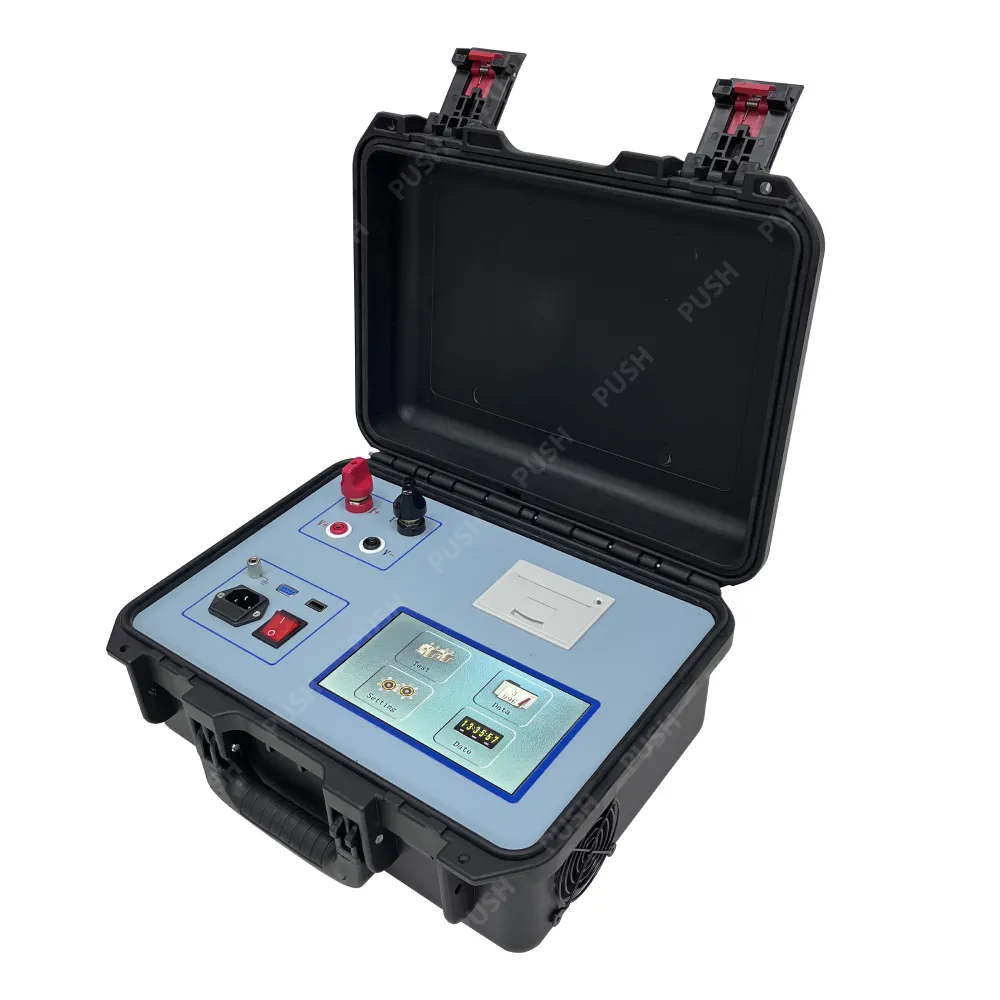 English
English


Innovative Device for Accurate Measurement of Insulation Resistance in Electrical Systems
Understanding Insulation Resistance Measurement Devices
Insulation resistance measurement devices are critical tools used in electrical engineering and maintenance. These devices play an essential role in assessing the integrity and performance of insulation in electrical systems, ensuring safety and efficiency across various applications. In this article, we will explore what insulation resistance measurement devices are, how they work, their applications, and why they are vital in maintaining electrical systems.
What is Insulation Resistance?
Insulation resistance refers to the resistance offered by electrical insulating materials to the flow of electrical current. High insulation resistance is crucial for preventing unwanted current flow, protecting equipment, and ensuring the safety of personnel. Insulation failure can lead to short circuits, equipment damage, and even catastrophic incidents like fires or explosions.
Functionality of Insulation Resistance Measurement Devices
Insulation resistance measurement devices, commonly known as insulation testers or megohm meters, measure the resistance of insulation in electrical circuits. They typically operate by applying a known voltage (usually between 250V to 5kV) between a conductor and the ground or another conductor. The device measures the resulting leakage current, which helps determine the insulation resistance using Ohm's Law
\[ R = \frac{V}{I} \]
Where \( R \) is resistance, \( V \) is voltage, and \( I \) is current. A higher resistance value indicates better insulation quality, whereas lower values may signal insulation deterioration or failure.
Key Features of Insulation Resistance Measurement Devices
1. Voltage Levels Insulation testers are available in various voltage levels suitable for different applications. Users can select the appropriate voltage based on the equipment being tested.
2. Measurement Ranges Modern insulation resistance meters often have broad measurement ranges, capable of diagnosing insulation resistance from a few ohms to several megohms.
insulation resistance measurement device

3. Storage and Data Transfer Many advanced devices feature data storage capability, allowing users to save measurement results for later analysis. Some models even offer Bluetooth or USB connectivity for easy data transfer.
4. User-Friendly Interfaces Insulation testers are often designed with intuitive interfaces, featuring digital displays and simple navigation methods, making them accessible to technicians and engineers alike.
Applications of Insulation Resistance Measurement Devices
The applications of insulation resistance measurement devices are vast
- Electrical Equipment Maintenance Regular testing of motors, transformers, and generators ensures that insulation remains effective, reducing downtime and maintenance costs.
- Safety Inspections Facilities, such as hospitals and industrial plants, prioritize safety and compliance with regulations. Insulation testing helps in identifying potential hazards.
- Preventive Measures By measuring insulation resistance, organizations can implement maintenance practices proactively, preventing failures and extending equipment lifespan.
- Electrical Installations Before commissioning new electrical installations, insulation testing is vital to ensure the safety and reliability of the system.
Importance of Insulation Resistance Measurement
The significance of insulation resistance measurement cannot be overstated. It protects equipment from failures, guards against electrical shocks, and ensures compliance with industry standards. Regular testing also helps identify insulation wear over time, enabling timely interventions and minimizing repair costs.
In conclusion, insulation resistance measurement devices are indispensable tools in maintaining electrical safety and efficiency. By providing critical insights into the condition of insulation, they help mitigate risks associated with electrical systems. For anyone involved in electrical maintenance or safety inspections, investing in a reliable insulation resistance measurement device is not just beneficial—it is essential.
-
Differences between open cup flash point tester and closed cup flash point testerNewsOct.31,2024
-
The Reliable Load Tap ChangerNewsOct.23,2024
-
The Essential Guide to Hipot TestersNewsOct.23,2024
-
The Digital Insulation TesterNewsOct.23,2024
-
The Best Earth Loop Impedance Tester for SaleNewsOct.23,2024
-
Tan Delta Tester--The Essential Tool for Electrical Insulation TestingNewsOct.23,2024





